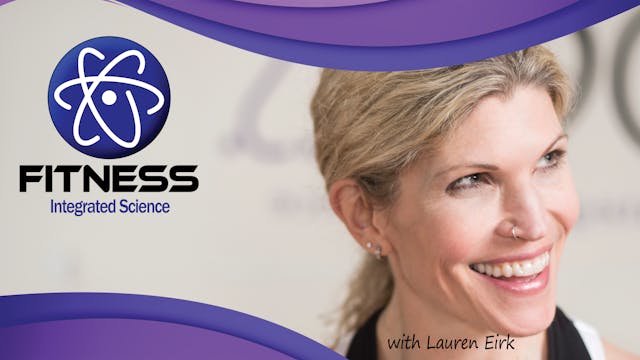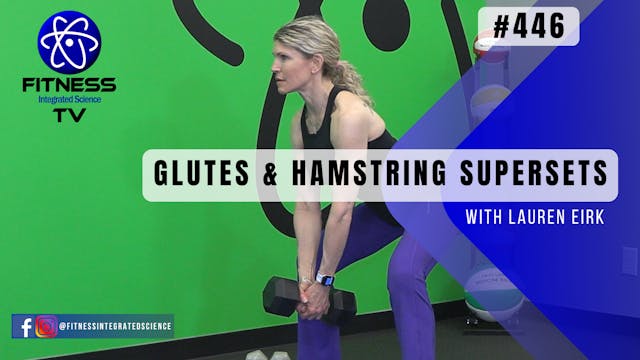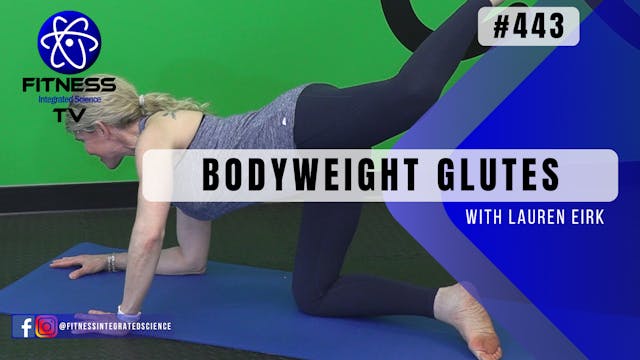On day 1 of the mobility series, we will look to strengthen hip flexion, knee flexion, ankle dorsiflexion on the way down to the squat, then hip extension, knee extension, and ankle plantar flexion on the way up. Within this, we also look at the spine's involvement in the squat.
We begin by exploring our ability to squat, then use isometrics in standing and lying down with Yoga blocks and bodyweight for the hips, knees, ankle, and trunk. As we improve our mobility, we will see how the external loads from dumbbells can influence our ability to move. We will look at front squats and sumo squats. Finally, notice how you can move better with more speed and efficiency.
Keep in mind that there are many things that affect our squatting ability such as:
1. The length of our levers: torso length, femur length, and tibial length.
2. The placement and amount of any external loads
3. Our ability to perform on a given day
4. The ability our muscles have to work to shorten to create the squat
5. The amount of motion we have available at any of the involved joints.
6. The position of our lower body of the squat (ie: wide, narrow, staggered, rotated)
7. The plane of motion we are moving through and whether or not our joints can do this efficiently.
8. The ability of our core to be able to stabilize enough to perform the exercise.
The squat is a fundamental human movement pattern that is essential for all of humanity. Imagine how important squatting was to humans before they had chairs! Just like parts of Asia, Africa, and other regions, squatting was and is a resting position to eat, talk, pick things off the ground, and go to the bathroom. Squatting became a part of physical training with the Greek and Romans to build strength in the legs and core.
Today, it is used for general exercise, weightlifting, sports, and bodybuilding. We have many names for squats, such as the back squat, front squat, sumo squat, and overhead squat. Squats are considered as the most important exercise in many strength and conditioning programs. It is used in physiotherapy and rehabilitation settings as well to help with what we call every day "functional movement."
If we cannot squat, we cannot get out of chairs, move closer to the floor, climb steps, and use the bathroom efficiently. Often, with injury and aging, we lose strength in our "squatting" muscles due to a sedentary lifestyle. This can greatly affect our overall mobility. For this reason, our first day of the mobility series is dedicated to squats.
Purchase the equipment used in this video from Amazon:
Neoprene Coated Dumbbells: https://amzn.to/3OCSr28
Yoga Block: https://amzn.to/3ewJAJK
Yoga Mat: https://amzn.to/2ZDSMrH
mc_12
Up Next in Hips
-
Live Event: Joint Stability Series: H...
This 60 minute workout is designed to strengthen hip muscles that adduct, abduct, flex, extend, and rotate the hip joint in a variety of positions. The focus is to expose and strengthen muscle imbalances by improving contraction responsiveness. The instability of the the ball requires the use o...
-
Video 446 | Glutes and Hamstrings Sup...
This resistance training workout will explore the "superset" or long set of exercises using dumbbells and a thigh band. Supersets can increase the difficulty of the workout and improve muscle gain since you can get more done in the time you have. Performing exercises with similar muscle groups ...
-
Video 443 | Bodyweight Glutes (15 Min...
This Express workout packs in 15 minutes of the best gluteal exercises using bodyweight only for resistance. Many exercises that are thought to target this area, but it takes strategic control and focus to make bring the glutes to center stage.
Several floor and standing exercises will be tau...




2 Comments